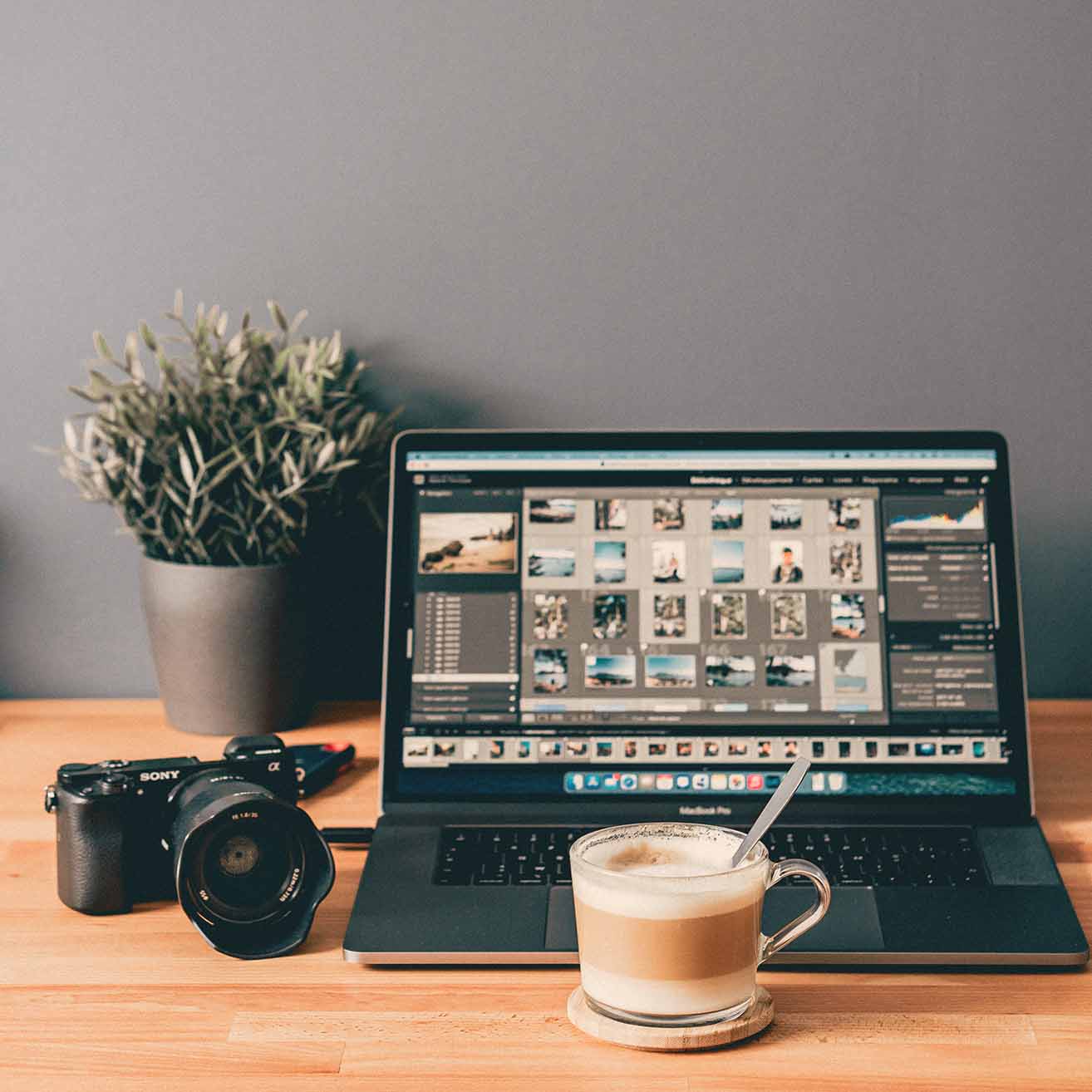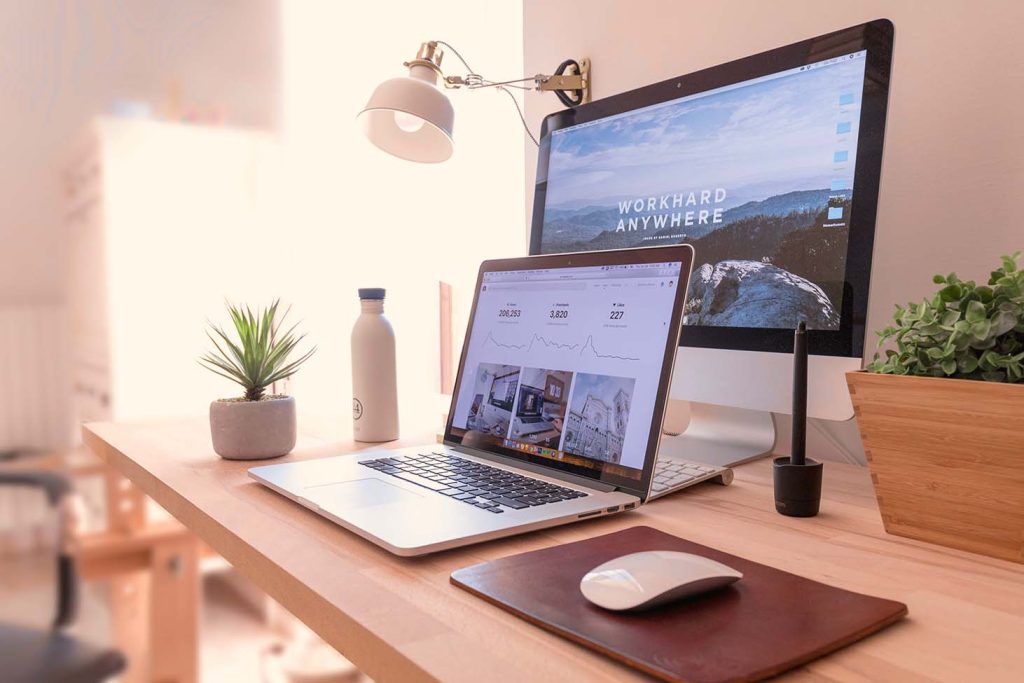
When it comes to your website, every pixel counts. Welcome to our blog about image optimisation for SEO. Explore our in depth technical guide which covers all the different ways you need to be optimising your images. Let’s get started on how images help SEO, one image at a time.
Images and SEO go hand in hand, by playing a part in a website’s performance and user experience. With “86% of people believe that images are more important than text” proves that images on a website make it visually more appealing, keeping visitors on the page for longer. We have all heard of the saying ‘a picture is worth a thousand words’. This is very much true, images can give a certain impression to the user while browsing your site which is why it’s worth choosing the right images for your audience but also appeasing search engines at the same time.

This is a very good question, with images usually being the largest loading shed for servers, it’s worth keeping your images at a certain size to make sure you’re not impacting your site’s loading speed. A fast loading page is very positive for the SEO health of your site. Optimised images will help your click-through-rate (CTR) in the search engine results by using rich snippets and featured images can make your content stand out. Words can always be backed with pictures which is why supporting your content with relevant images will reinforce the subject you are discussing.
Search engines ask for images to be no more than 100kb in size to keep your page's weight low so it can be loaded quickly. There are plenty of ways to make sure your images are below this size limit.
Software like Photoshop, can allow you to manually change the sizing of images. Photoshop even has a bulk editor tool so you can reduce the size of all your images in one go.
Websites like TinyPNG provide a solution to reduce the quality of your images for free! Be wary though, there are some scam sites out there offering this sort of service. You need to manually upload the images to the site and they give you a restricted reduction in size for each image.
Plugins for website builders like WordPress, Shopify etc. will optimise images once they are uploaded to your media library. For example, reSmush automatically reduces the quality of images once they’ve been uploaded to the CMS.
Unfortunately, search engine crawl bots don’t have eyes so you have to use a particular tag called an Alt tag to explain to search engines what your image is displaying. These tags can also be used to place keywords for the page.
Next-gen images provide a way of optimising images with smaller file sizes; next-gen formats often provide better image quality and support for features like transparency and animation without losing as much quality. Examples of next gen image formats include WebP and AVIF. However, some browsers won’t show images in next-gen format.
When a server loads in a website, it tends to load all page elements in one go, which can cause a strain in loading times and page weight. Using lazy load will allow the server to load images in once a user has scrolled into the view of the image, this will help improve load speeds and also reduce the impact of high quality images on a page.
If you’re looking to boost your local SEO, it could be worth geo-tagging your images to associate your pictures with a specific location. Search engines can use this to understand the relevance between your content and geographical location. Geotagged images can also appear in local image searches which can help boost organic traffic.
A little tip to improve your SEO for a specific keyword is to rename a few of your images to include a couple of keywords to help boost your page's relevance to its focus keyword or topic.
In conclusion, optimising images for SEO is not just about enhancing the visual appeal of your website, it’s also about improving your websites performance and visibility within the SERPs. By following best practices like compressing images to be below 100kb, using descriptive file names and alt text, and considering the user experience, you can fully use the power of images to captivate your users and improve your SEO rankings.
p: 0208 1333 633
e: team@spec.digital
Write to us:
Spec Digital Limited
86-90 Paul Street
London
EC2A 4NE
United Kingdom
Here at Spec, we are passionate about growing your business with PPC and SEO consultancy. We work with brands all over the world, from high street retailers, hotel chains and rail operators, to boutique stores and startups.
Get in contact to see how we can help your business grow, through insightful digital consultancy.
Ground Floor,
Ashcombe House
Leatherhead
KT22 8DY
86-90 Paul Street
London
EC2A 4NE